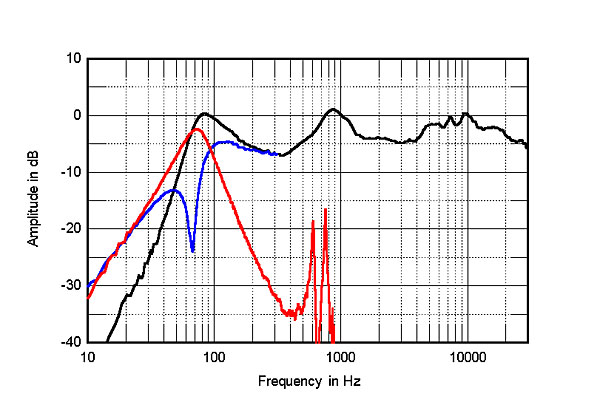Justin Ayers
Member
- Joined
- Oct 5, 2020
- Messages
- 60
- Likes
- 47
I assume that the tweeter array is used to improve dispersion. Having multiple tweeters that are at different angles should help to overcome the beaming problem. That's my assumption, at least.Given the tweeter array thing, I wasn't terribly surprised to see that it measured fairly well on axis. I was surprised to see that it did well off axis too, though. I don't understand the tweeter array thing fully, but to its credit, it seems to work fairly well.
Before I saw this Tekton just now, I was musing about a way to make the Fostex 31.5" FW800N woofer into an interesting speaker set and thought about having it in the center of a round speaker with the upper mid drivers and tweeter drivers in a circle around it. The tweeters would be aimed at slightly different directions to reduce "head in vise" beaming. I'm no speaker designer but I thought that might help to reduce the issue of directionality. It seems the Tekton takes a similar approach by making that circle of many tweeter drivers. One of my versions was just the woofer and the tweeter circle around it but I assume some high mids are needed with that woofer to improve its performance. Perhaps another option would be to have a planar midrange, possibly adjacent on its own stand, to avoid the less aesthetic look of mixing mid and tweeter drivers in the surrounding circle.



